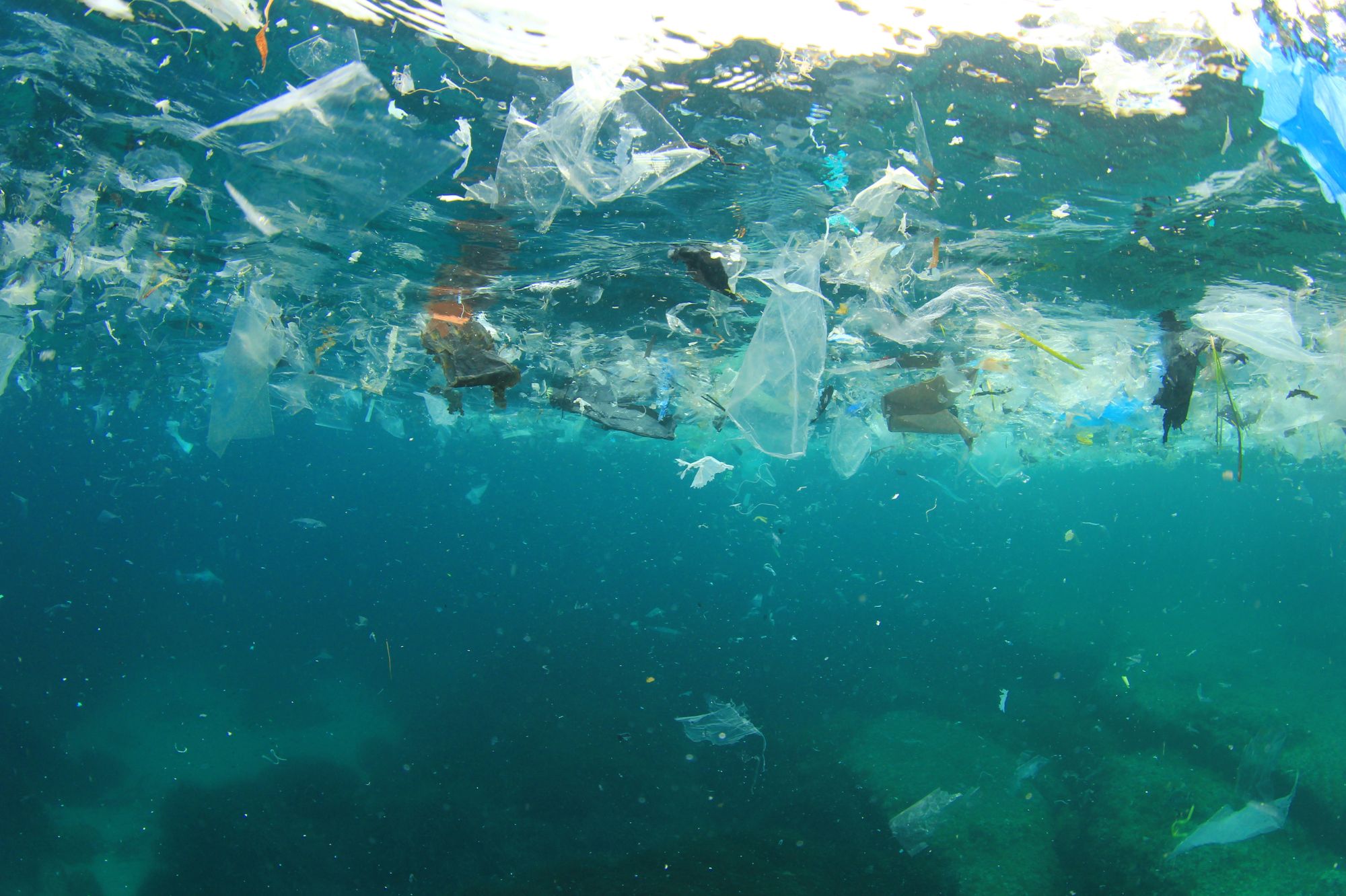Story
Five hotspots where floating plastic litter poses the greatest risk to North Atlantic marine life
11 March 2024

'Plastic has been found in every single part of the ocean, from the surface to the seafloor and from the tropics to the poles. Land-based sources of plastic account for the majority of this pollution, with plastic bags, bottles, wrappers, food containers and cutlery among the most common items found.
These items are often buoyant and float on the sea surface. As they travel long distances, they get pushed by the wind, waves and currents. This means they have the potential to cause harm far beyond the country from which they originated. For example, land-based plastic waste from Indonesia has been shown to travel over 4,000km to the Seychelles.
As it travels, plastic litter can cause harm to wildlife. Megafauna (large marine animals) can eat or become entangled in it. Consuming plastic litter can block or damage the gastrointestinal tract of animals, causing significant health impacts or death.'
Following the publication of “Identifying potential high-risk zones for land-derived plastic litter to marine megafauna and key habitats within the North Atlantic”, Dr Samantha Garrard has written about her findings in The Conversation UK.
Read the full story on the Conversation UK website here >>